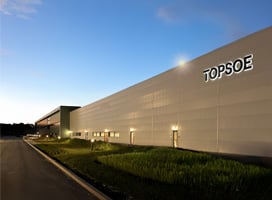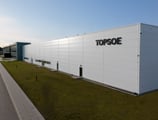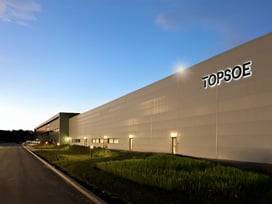Traditionally, the primary objective in resid hydroprocessing was production of low-sulfur fuel oil (LSFO); i.e. desulfurization was the main objective. With the market for residual oil declining, and the demand for light transportation fuels on the rise, refiners can profit from converting resid into gasoline and diesel fuel. One important route for the conversion of resid into lighter transportation fuels is a combination of hydrotreating and resid fluid catalyst cracking (RFCC). Obviously, the demands on the catalyst system vary according to the processing objectives and will affect the choice of catalysts to be installed in the unit.
Topsoe offers a range of fixed-bed resid hydrotreating catalysts for plants wanting to produce either LSFO or pretreated feed for an RFCC unit. Our hydrodemetallization (HDM) and hydrodesulfurization (HDS) catalysts deliver outstanding metals pickup and hydrogenation activity, ensuring long cycle lengths and maximum protection of downstream catalysts. It all adds up to more cost-effective compliance with product specifications and environmental standards.
Determining the optimal ratios of each catalyst type is important for obtaining a long cycle length while meeting the desired product properties. The optimal ratio will vary from unit to unit and will depend strongly on feedstock properties, operating conditions, and product requirements.
.png)




















